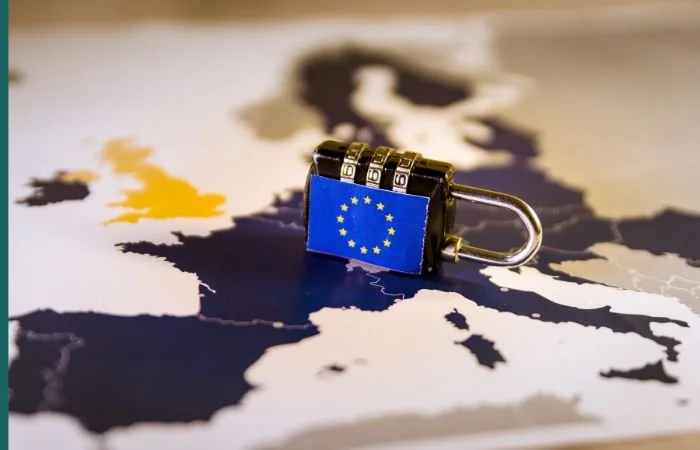Four fundamentals of creative sales promotions

Guest article by Steve Gales, Co Chairman and Co CEO at Opia.
It has long been accepted that the four pillars of successful marketing all begin with the letter P – product, price, promotion and place.
Yet when it comes to the promotions element, businesses often find their ideas fall flat or even worse – end up costing more money than expected. The problem is often that many of the stratagems that businesses use to increase sales ignore too many of the fundamentals and are not based on the evidence of what works.
While there is never going to be a single formula that can be applied to every case, there are fundamentals that should be high on the agenda for any business that wants to see real sales growth from its sales promotion campaigns. Let’s consider four of them:
1. Identify who it is you want to target
It is easy to embark on a sales promotion without having established which customers you want to target. Is the aim of the promotion to make customers buy more frequently or simply to buy more?
On the other hand does the brand want to promote a different range of products or services to existing customers?
Or is the aim to boost business during what is traditionally a slack period or to capitalise on a major sporting or national event?
Equally, is the purpose to attract new customers to the brand or to revive the interest and loyalty of customers who have drifted away? Once these questions have been answered, tactics can be devised that precisely target the right audience or demographic. And almost as important, everyone involved knows what the purpose is and pulls in the same direction.
2. Take a strategic view
Rather than getting priced out of the market by competitors, it is vital that brands take a more strategic view of promotions. In doing so, they can stand out from the crowd with deals that speak to and excite prospective buyers and most importantly – bring in greater long-term revenues.
Instead of immediately slashing prices and becoming trapped in a downward spiral that leaves brand reputation in tatters, retailers and manufacturers should recognise that they need to construct compelling, headline offers.
Sadly, many organisations shy away from bold, attention-grabbing promotions because of a long-standing fear of over-redemption should the tactic become a runaway success. This is where risk-managed creative sales promotions really come into their own, giving brands, retailers and promotions agencies access to the scale of promotions that their P&L couldn’t usually afford.
Rather than face a substantial bill at the end of the campaign, the combination of predictive analytics and a specialist insurance policy guarantees the firm will achieve the result or objective it aimed for at the start.
3. You must engage customers
Effective promotions give an irresistible tug on the consumer’s desire to buy because they engage with them where it matters. When they are underpinned by what are essentially insurance policies for promotions, brands and retailers can begin to get creative and use a sales promotion to hit the trigger-points that lead to a sale.
Potential customers are presented with captivating incentives and a timeframe in which to buy. In a retail environment such as an electronics store, for example, if a laptop drops in price then its value has simply changed, albeit becoming more affordable for those already thinking of buying. As a result, the retailer is likely to see only marginal uplift in sales.
However, if the price remains the same and customers are offered a one-week- only cashback deal of say £75 on a £299 device, they have a one-off chance to buy something they want for less. The fact that both the price drop and cashback propositions cost the same illustrates why smart sales promotions are a much more efficient and sustainable way to drive sales.
By being more progressive and creative, canny retail operators protect their margins and build market share.
4. Customer experience has to be first-class
To ensure the full effectiveness of a promotion strategy, consumer experience must be exceptional from start to finish. This is why businesses like Opia have committed itself to quality processes and training to ensure that the management is compliant with standards ISO9001 and 27001 for quality management and security.
Constant innovation and attention to detail is required to maintain the highest possible standards. As an example, at Opia, our customer-service centre works in 22 languages and operates around the clock and can scale dedicated teams up or down, depending on the size and urgency of a sales promotion.
User-friendly redemption microsites can also be built for each sales promotion, which consumers use to claim their rewards. If necessary, these sites can be in multiple languages, while behind the scenes, a sophisticated promotion redemption management system enables auto and manual validation for every single redemption claim.
Fulfilment also has to be perfect anywhere in the world, whether that is sending a gift or paying out a cash back rebate. Customers always need to receive their promotional rewards quickly, efficiently and reliably.
Everybody has their own ideas about what the fundamentals of a successful sales promotion are, but if organisations bear in mind these four basic points, they will create irresistible incentives that grab the attention of consumers and deliver a tangible return on investment.
Having found themselves a good deal, customers not only snap up innovative offers but commit themselves to the benefits of future promotions that make them more likely to remain loyal to a brand or retailer.
Compared with constantly offering sale items with limited availability, creative sales promotions that deliver on their promises and feature future value, offer a far more commercially effective, long-term strategy.












































































































